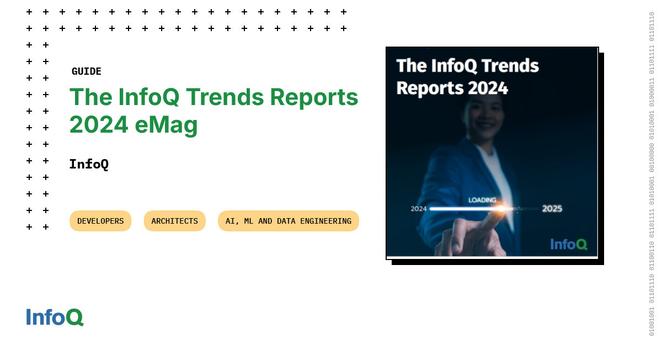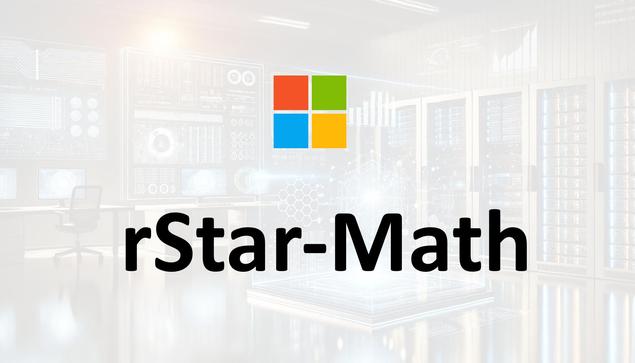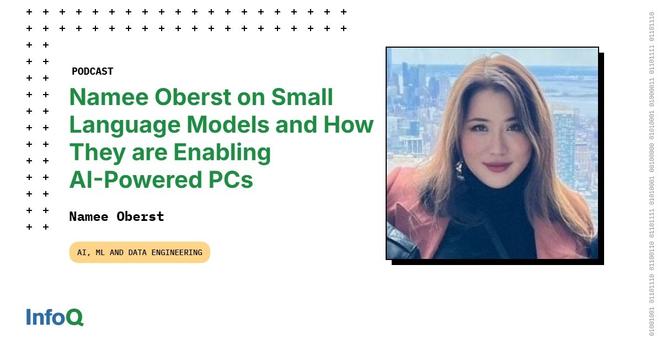"Ai2 tested DataDecide across a wide range of datasets and model sizes, using 10 benchmarks to evaluate how well small models predict large-scale performance. The findings aren’t earth-shattering, but they present useful takeaways for AI developers and researchers.
For one, Ai2 found that small models (around 150 million parameters) can predict large-scale outcomes with surprising accuracy. Some benchmarks reached over 80% decision accuracy using just 0.01% of the compute compared to billion-parameter models.
Since small-model experiments use less compute than other methods, developers don’t need to run full-scale tests just to predict outcomes. “The promise of this work is lower compute costs during training,” said Pijanowski.
Ai2 found that scaling laws didn’t outperform the simpler method of ranking datasets by small-model results. Scaling laws, a more sophisticated and more costly testing method, aim to predict how accuracy improves with model size. For now, “just stick with ablating things at one scale,” advised Magnusson.
The findings should give LLM devs pause for thought, Hunt said: “There are scaling laws that have been derived from empirical studies between data volume, compute resources and performance. Ai2’s research points out that we may want to revisit some of those assumptions.”"
https://thenewstack.io/new-tools-help-llm-developers-choose-better-pre-training-data/
#AI #GenerativeAI #LLMs #AITraining #SLMs



